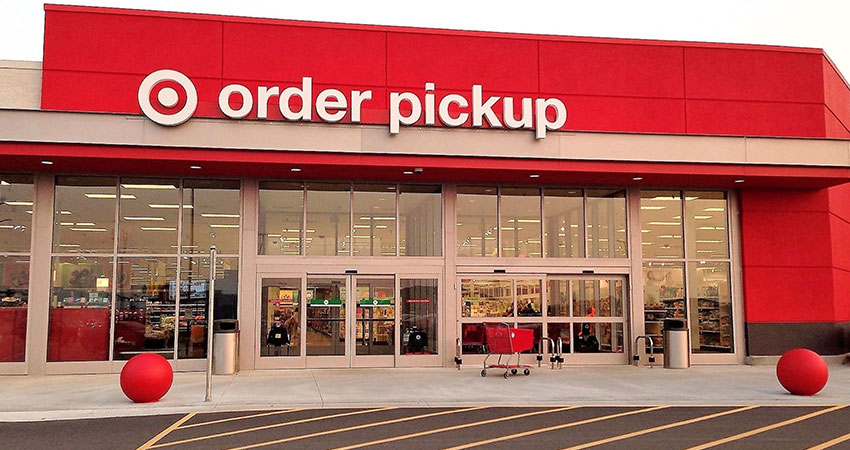Target reported strong second-quarter performance, with 34% growth in ecommerce sales, nearly three-quarters of which were attributable to its same-day order fulfillment strategy including buy online pickup in store, curbside pickup and local delivery.
Overall, Target beat expectations in revenue (up 3.6% to $18.42 billion vs. $18.34 billion forecast), earnings per share (up 17% to $1.82 vs. $1.42) and overall comp growth (up 3.4% vs. 2.9%), alleviating the shockwaves through retail after less-than-stellar results and lowered guidance at Macy’s.
Target and Walmart both raised their 2019 guidance in quarterly reporting despite concerns over looming tariffs on Chinese goods.
“In our digital channels, we continue to see the most rapid growth in our same-day fulfillment options, in-store pickup, drive-up and (delivery unit) Shipt, which together have more than doubled their sales in the last year,” Target CEO Brian Cornell told analysts on an earnings call. “These options offer speed, convenience and reliability and as a result, they are quickly becoming the preferred fulfillment choices for our guests.”
Because it involves leveraging Target’s 1,800 stores as well as its internal technology and teams, Cornell said, “same-day fulfillment delivers outstanding financial performance as well.”
As did Walmart in its earnings announcement, Cornell said Target took full advantage of the new midsummer buying frenzy initiated by Amazon Prime Day, while also using it as an opportunity to test the capacity of its supply chain and delivery network ahead of the holiday peak.
“Like last year, performance of our July deal days event was outstanding, both in terms of guest response to our promotions as well as the ability of our operations to handle the surge in demand,” he said.
Target COO John Mulligan said same-day fulfillment accounted for more than a third of digital sales in Q2, up from 20% last year, outpacing overall ecommerce growth.
“Specifically, combined sales for in-store pickup, drive-up and Shipt have more than doubled over the last year, accounting for nearly three quarters of Target’s 34% (ecommerce sales growth) in the second quarter,” Mulligan said. Overall it represented 1.5 percentage points of the 3.4% comp growth.
“These are remarkable statistics and they demonstrate how rapidly our guests are learning about and embracing these new convenient options,” Mulligan said. “For many guests, they are becoming the go-to choice for their digital shopping because they offer unique advantages.”
Same-day fulfillment has also become more efficient, Mulligan said. Order picking efficiency for pickup and drive-up increased more 30% since the beginning of 2018, as did labor efficiency for its ship-from-store operations. He said this was enabled by process improvements, technology investments and the efficiencies of volume at scale.
Target has also improved its reverse logistics process, crediting shoppers for returns as soon as the carrier scans the label which can be printed at home, a full day earlier than before, resulting in higher satisfaction scores.

